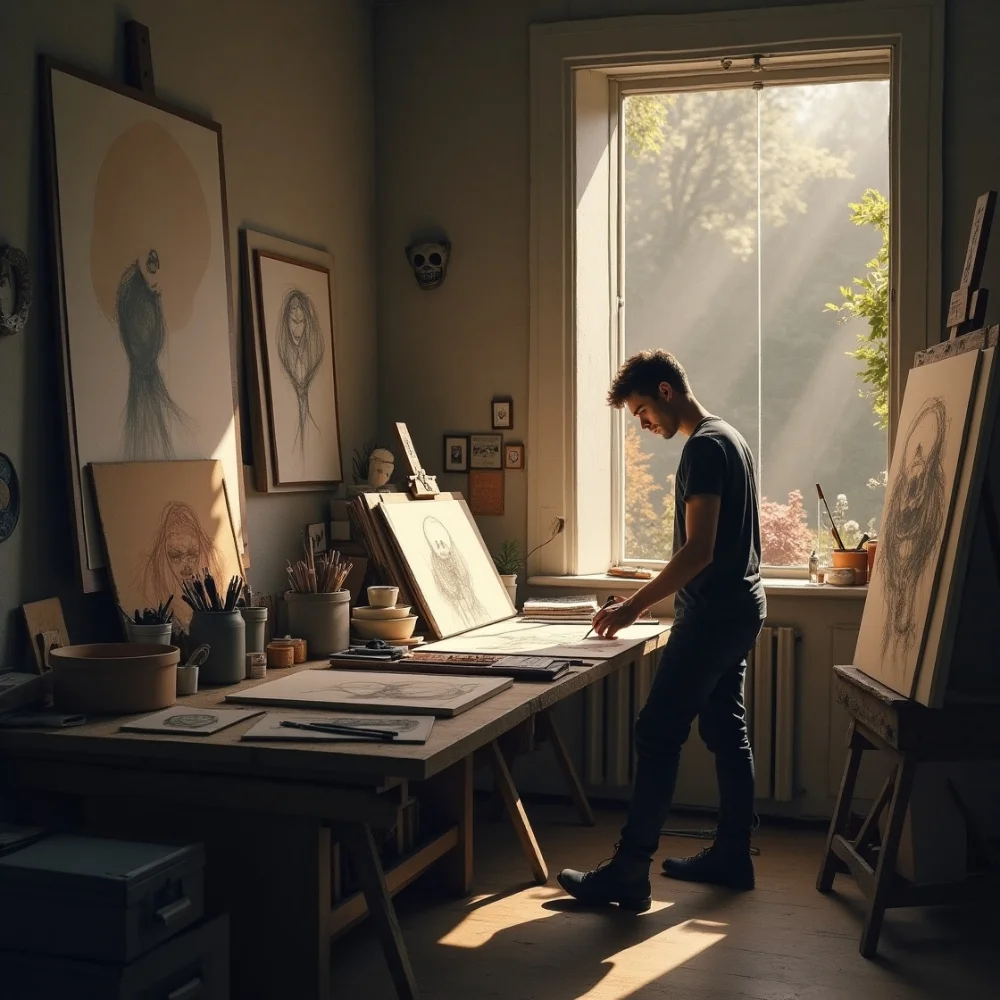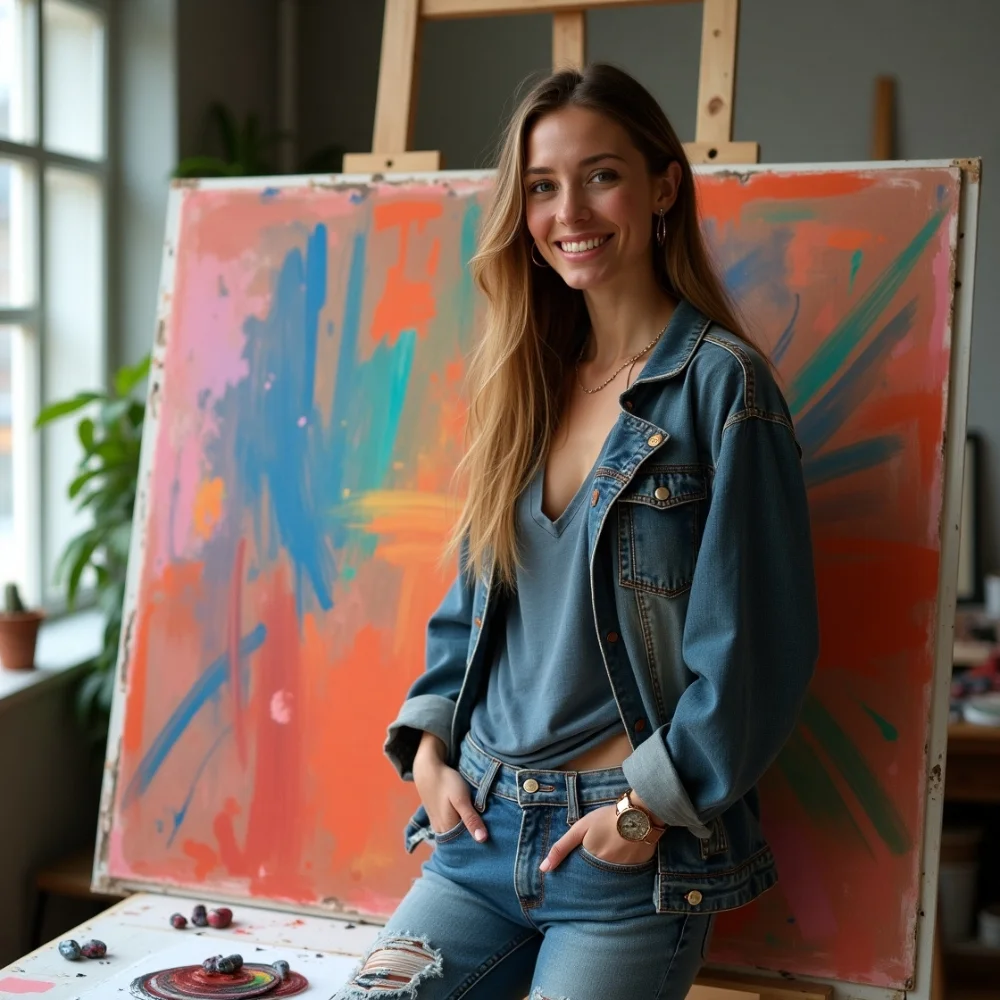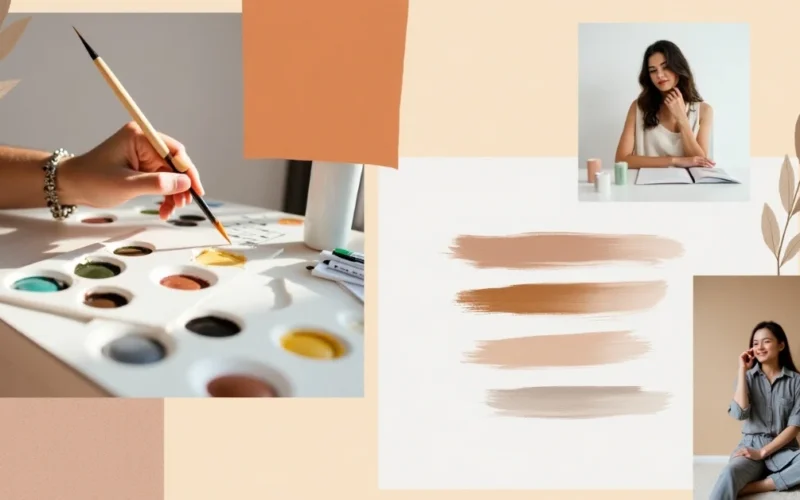Table of Contents
Introduction
The world of art has always been more than just color on canvas or form in sculpture. It’s a mirror reflecting how we live, feel, grow, and connect. From every brushstroke to the boldest installation, art quietly teaches us how to become better humans. Whether you’re an artist or not, the values and mindset behind creativity offer powerful lessons. Even something unexpected, like the design of the Brightburn Mask, reflects the deep emotional storytelling that art carries, dark, mysterious, and symbolic.
Art Shapes How We Think and Feel
1. Noticing the Beauty in Small Things
One of the first lessons art teaches is the power of observation. Artists notice things most people miss shadows on a wall, a change in tone, and the emotion behind an expression. This attention to detail sharpens the mind and invites us to slow down.
- Art encourages mindfulness
- Helps you appreciate the little joys
- Improves your focus on daily tasks
When you take the time to look closely, even something as simple as a design, like the intense, unsettling features of a Brightburn Mask, can speak volumes. It all starts with observation.
2. Building Emotional Awareness
Art is full of feeling. Through color, movement, and space, it gives shape to what we often struggle to say. Whether it’s joy, pain, or hope, art can hold it all.
- Colors and textures connect to mood
- Visuals can calm, energize, or even trigger memories
- Understanding art builds emotional intelligence
Learning to interpret emotion through art helps us process our own, making us more grounded and empathetic.
Creative Practice Builds Discipline

1. Growth Comes Through Repetition
Behind every gallery-worthy painting are countless sketches and drafts. Repetition is where skill is built and growth begins.
- Artists repeat techniques to improve results
- Daily creative habits lead to long-term mastery
- Every small effort adds up
Like any other craft, creativity isn’t just talent; it’s effort, practiced often.
2. Mastery Takes Time and Patience
In a fast-paced world, art teaches patience. Masterpieces aren’t rushed. They are layered, revised, and revisited.
- Success takes time
- Focused effort beats quick fixes
- Patience develops resilience
Think of every masterpiece like a symbol, much like how the Brightburn Mask symbolizes internal conflict and dual identity. It wasn’t made in a day, and neither is self-mastery.
Art Nurtures Resilience and Flexibility
1. Every Mistake Is a Step Forward
Artists understand that not everything works out the first time. Mistakes are not failures; they’re direction markers.
- Trial and error are part of the process
- Imperfection often leads to innovation
- Mistakes help refine the message
From a blotched sketch to a cracked sculpture, every flaw pushes the artist to adapt and improve.
2. Being Open to Change Leads to Innovation
Art often begins one way and ends completely differently. Flexibility during creation opens new paths.
- Shifting perspective leads to better results
- New ideas often come mid-process
- Flexibility makes art and life more exciting
Whether it’s changing a palette or redesigning a piece like the Brightburn Mask to convey deeper symbolism, openness fuels creativity.
Creativity Fuels Self-Confidence

1. Expressing Yourself Builds Courage
Putting your work out into the world takes bravery. Every piece of art is a reflection of the person behind it.
- Expression strengthens your voice
- Sharing ideas builds inner confidence
- Courage grows with every creative risk
No matter the outcome, having the courage to create is empowering.
2. Letting Go of the Need to Be Perfect
Perfection is a myth in the art world. What’s valued is realness, uniqueness, and message.
- Embrace flaws; they add character
- Letting go frees you to explore more
- Authenticity matters more than polish
Great art and great lives don’t come from following a flawless plan. They come from embracing the journey.
The Artistic Mindset Inspires Everyday Living
1. Staying Curious Keeps You Inspired
Curiosity is the heart of creativity. Artists never stop asking “what if?” and neither should we.
- Keep learning, even in small ways
- Try new tools, read, or explore different ideas
- Curiosity adds energy to daily life
This curious mindset applies to everything, whether designing characters, creating business strategies, or exploring visual symbols like the Brightburn Mask.
2. Creativity Can Be Applied to Any Field
Art doesn’t just belong in galleries. Its lessons apply in every corner of life.
| Life Area | How Art Helps |
| Work | Creative problem-solving |
| Relationships | Deeper empathy and understanding |
| Mental Health | Stress relief through expression |
| Communication | Better storytelling and visuals |
From business presentations to home decor, thinking like an artist improves how we create and connect.
Conclusion
Art isn’t something that lives only in museums or paintings; it lives in your mindset. These seven lessons from the art world are meant to be lived: notice more, feel deeper, grow steadily, embrace failure, be flexible, express yourself, and stay curious. Whether you’re studying brushstrokes, designing a concept mask like Brightburn, or just navigating daily life, let creativity, patience, and self-awareness lead the way.








